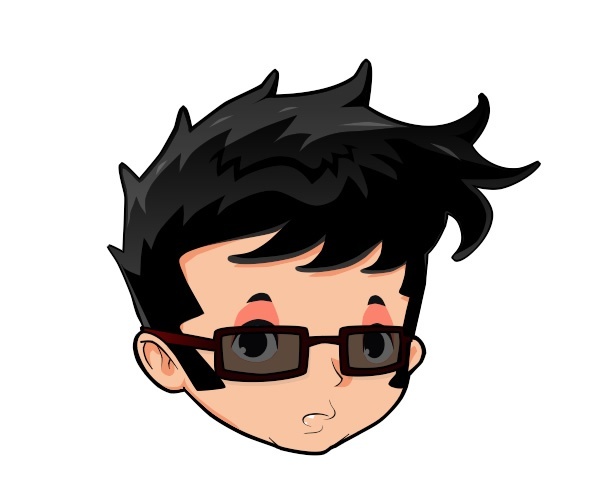

This gives us a broad-stroke starting point, so all of our dialogue lives within the same “mix” levels. We map our dialogue channels to a submix with limiters/gain levels. What’s your hidden gem/favorite workflow tip in Adobe Creative Cloud?ĭue to our massive cast, we deal with audio from different audio facilities and at times, even audio from the actors’ home studio. Our studio, Titmouse Inc., even has custom scripts for labeling, breaking up, and exporting files needed in our pipeline. Premiere Pro is stable and it’s great to have that reliability during live sessions with creators or executives. What do you like about Premiere Pro, and/or any of the other tools you used? It’s also easy to add basic watermarks to all the distributed files. Its security is the best feature, especially when people are working from home. Our production likes to use Frame.io to distribute cuts to the writers and other show executives. In the old days, we would have to manually make individual text layers on top of every shot which was very time-consuming.ĭo you use Frame.io as part of your workflow? If so, how do you use it and which features do you find most valuable? Having an accurate frame counter helps with notes and working with animation in general. We use the clip name filter and frame counter on all of our shots so we can clearly see what the shot is, which version it is, and whether it has gone to our in-house compositing team. What Adobe tools did you use for each project and why did you originally choose them? Why were they the best choice for each project? We were able to complete all of our edits with upgraded hard-drive space. Doing this during the lockdown made it all a bit difficult. We had to edit the live-action shots with storyboard panels on top and then share the raw footage with the compositing team, so they could make it all come to life. In Season 5 of Big Mouth, we had a couple of episodes with live-action elements which is a pipeline that we don’t usually work with. What were some specific post-production challenges you faced on either project? How did you go about solving them?



The pandemic changed our workflow, but we endured and delivered! We also edited Human Resources from home. We’ve been getting much more detailed with our timeline and have been using marker notes, timeline notes, and color coding so that any editor can open a project and know what they are looking at. That said, our editorial team continues to fine-tune and streamline the entire editing process from start to finish. How has your editing process evolved from Big Mouth to Human Resources ?īoth shows take place in the same world, so the pipeline was already running well by the time Human Resources started. I don’t want to reveal too much and spoil anything, but the episode is very relatable and has some great storytelling. The Human Resources episode, “It's Almost Over” really made me emotional. The Anime backstory of “Featuring Ludacris” was so much fun to work on. There were segments of puppet live-action, stop-motion animation, and even anime-style action. There are so many scenes that are my “favorite.” The Christmas episode ("A Very Big Mouth Christmas") in Season 5 of Big Mouth definitely tops the list. Tell us about your favorite scene from both projects- Big Mouth and Human Resources -and why they stand out to you. From here, I like to have the tallest timeline possible since we use many video and audio channels. All of our projects have the same codec, time code, audio channel mapping, organized bins, and so on. We have a few seasons of Big Mouth under our belt so we’ve created a standardized project template to make sure we are consistent across seasons. How do you begin a project/set up your workspace? There’s no “undo” feature, just a lot of taping and un-taping film. Cutting 35mm multi-camera footage with mag audio really makes you think about what you are doing and the value of a single frame. I then learned the theory and fundamentals of editing at USC. I got the editing bug playing with a home video camera, VCR, and an old Macintosh. How and where did you first learn to edit?


 0 kommentar(er)
0 kommentar(er)
